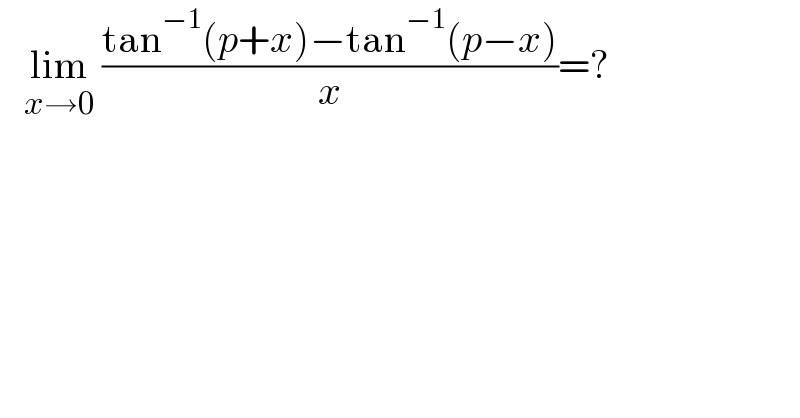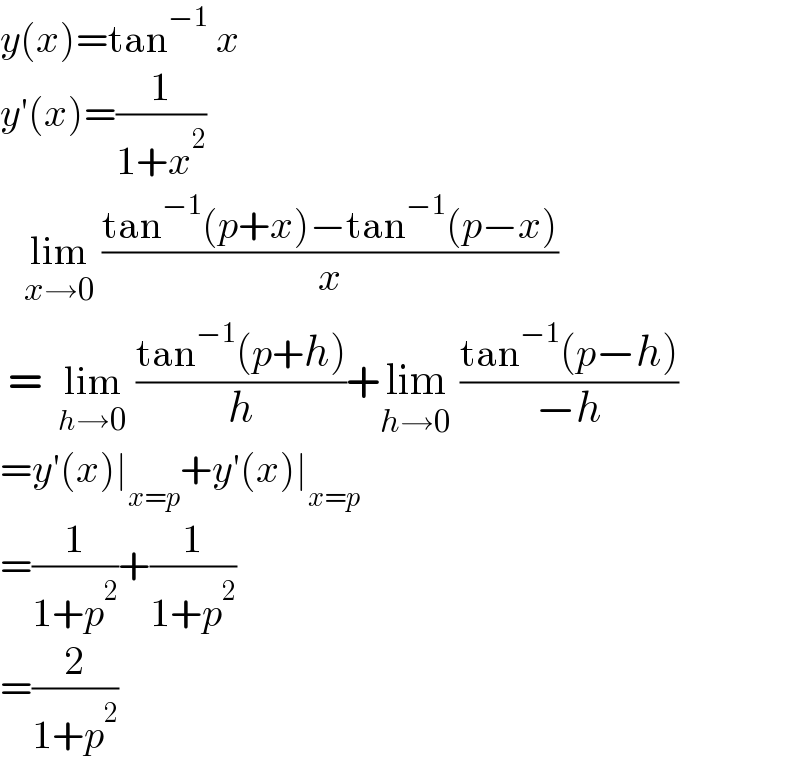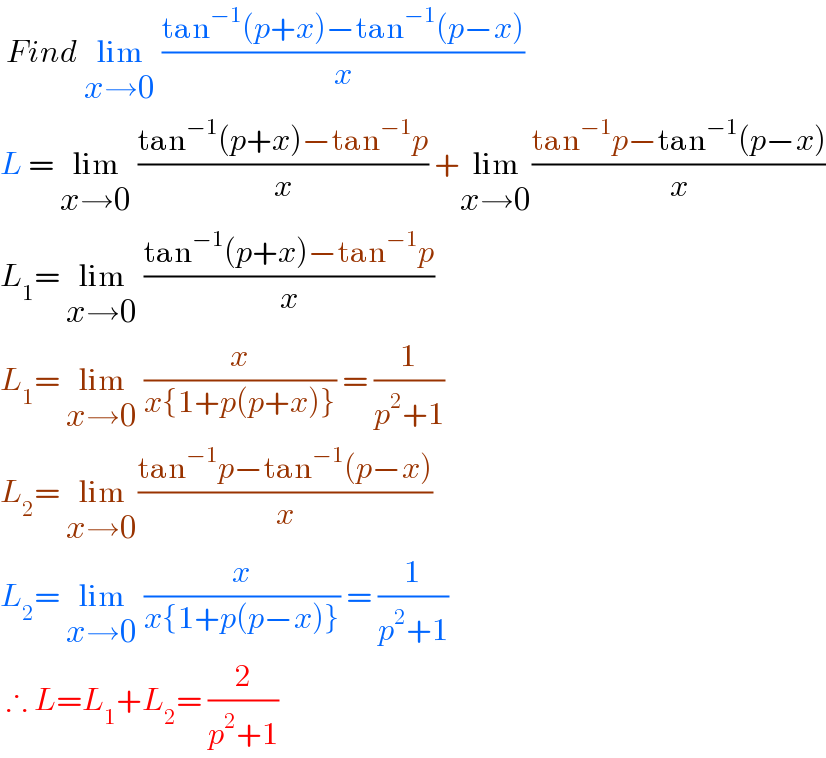
Question and Answers Forum
Question Number 184329 by greougoury555 last updated on 05/Jan/23

Answered by SEKRET last updated on 05/Jan/23

Answered by mr W last updated on 05/Jan/23

Answered by cortano1 last updated on 05/Jan/23

| ||
Question and Answers Forum | ||
Question Number 184329 by greougoury555 last updated on 05/Jan/23 | ||
 | ||
Answered by SEKRET last updated on 05/Jan/23 | ||
 | ||
| ||
Answered by mr W last updated on 05/Jan/23 | ||
 | ||
| ||
Answered by cortano1 last updated on 05/Jan/23 | ||
 | ||
| ||